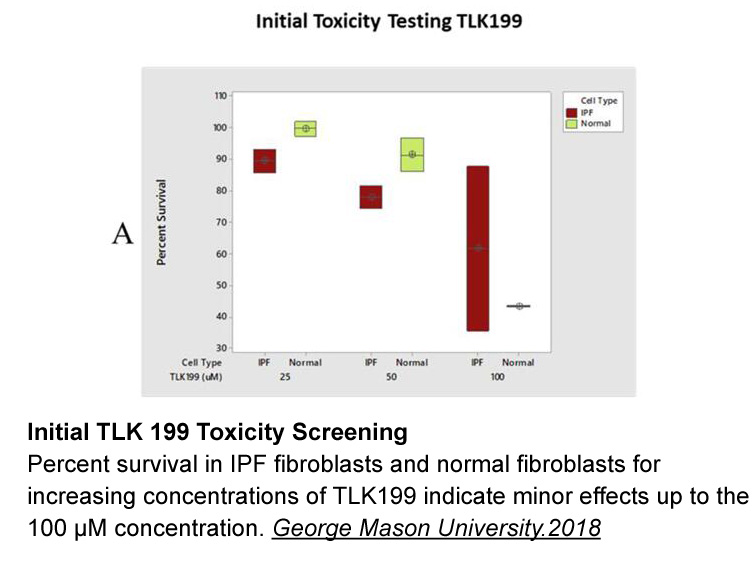Archives
Global inhibition of integrin signaling with
Global inhibition of integrin signaling with EDTA here suggests that integrin signaling potentially cooperates with DDR2 in collagen induction of lysyl oxidase. This notion is supported by a recent study that shows DDR2 cooperation with specific integrins in cell adhesion to collagen [47]. It is of interest that collagen-specific α1 integrin-ablations in mice manifested as no overt phenotype or anatomical anomalies [48] although bone fracture healing in these mice was impaired [49]. Homozygous mice deficient for collagen-specific α10β1 integrin showed after birth growth plate defects with no morphological skeletal deformities [50]. Integrin α2 deletion in mice revealed no striking anatomical phenotype [51], [52]. In a recent study, mice ablated in α2β1-, α11β1-, or both α2β1–α11β1-integrins were born with no bone phenotype; however, long bone post-natal growth was reduced in mice lacking α11β1- and α2β1–α11β1-integrins. The authors demonstrated that a proportional dwarfism in these mice is a consequence of insuff icient systemic IGF-1 levels, and neither osteoblast dysfunction nor growth plate alterations contributed to this phenotype [51]. Thus, collagen-integrin axis activation can be considered to indirectly regulate bone growth and development [51], whereas collagen-activation of DDR2 appears to regulate activities of bone jc1 receptor which directly synthesize bone extracellular matrix.
We have previously shown that the receptor for advanced glycation end products (RAGE) is expressed by osteoblasts in-vitro and in-vivo and that a RAGE ligand interferes with calvarial bone healing [53]. Combined with the current study, an understanding emerges that AGE-modification of collagen inhibits binding to integrins [44] and DDR2, while independent AGE-activation of RAGE signaling each contributes to bone complications seen in diabetes.
In summary, we have shown that collagen stimulates osteoblasts to increase lysyl oxidase levels, thereby maintaining its steady state normal physiological level. Elevated glycation of collagen, which occurs in aging and in diabetes interferes with DDR2 binding and activation, hence failing to maintain lysyl oxidase levels made by osteoblasts. Previous studies indicate that the activation of AGE/RAGE signaling by glycated proteins including collagen leads to increased pro-inflammatory cytokine production, which independently diminishes osteoblast productivity [3]. This new appreciation of multiple mechanisms by which glycation can affect osteoblasts may provide novel opportunities for addressing diabetic osteopenia.
The following are the supplementary data related to this article
icient systemic IGF-1 levels, and neither osteoblast dysfunction nor growth plate alterations contributed to this phenotype [51]. Thus, collagen-integrin axis activation can be considered to indirectly regulate bone growth and development [51], whereas collagen-activation of DDR2 appears to regulate activities of bone jc1 receptor which directly synthesize bone extracellular matrix.
We have previously shown that the receptor for advanced glycation end products (RAGE) is expressed by osteoblasts in-vitro and in-vivo and that a RAGE ligand interferes with calvarial bone healing [53]. Combined with the current study, an understanding emerges that AGE-modification of collagen inhibits binding to integrins [44] and DDR2, while independent AGE-activation of RAGE signaling each contributes to bone complications seen in diabetes.
In summary, we have shown that collagen stimulates osteoblasts to increase lysyl oxidase levels, thereby maintaining its steady state normal physiological level. Elevated glycation of collagen, which occurs in aging and in diabetes interferes with DDR2 binding and activation, hence failing to maintain lysyl oxidase levels made by osteoblasts. Previous studies indicate that the activation of AGE/RAGE signaling by glycated proteins including collagen leads to increased pro-inflammatory cytokine production, which independently diminishes osteoblast productivity [3]. This new appreciation of multiple mechanisms by which glycation can affect osteoblasts may provide novel opportunities for addressing diabetic osteopenia.
The following are the supplementary data related to this article
Acknowledgments
This work was supported by NIH/NIDCR R01DE14066 to PCT. We are grateful for the assistance with circular dichroism studies from the Associate Professor Olga Gursky, Department of Physiology and Biophysics, Boston University School of Medicine.
Introduction
Collagen type I in its mature fibrillar state is the major component of the extracellular matrix (ECM) in most mammalian tissues. Collagen fibers impart mechanical strength to the tissue and interact with cells through cell surface receptors and soluble proteins, which is integral to cell proliferation, migration, survival, attachment and cellular differentiation. The assembly of collagen fibers (fibrillogenesis) is a complex process regulated, in part, by a variety of collagen-binding proteins and other molecules that may directly or indirectly interact with the collagen molecules and fibrils. Several collagen-binding proteins such as decorin, lumican, cartilage oligomeric matrix protein, fibromodulin, SPARC, and matrilin, etc. have been shown to influence collagen fibrillogenesis. However, almost all these proteins occur as cell-secreted, soluble proteins in the ECM. It is not well understood to what extent collagen-binding proteins anchored to the cell surface affect the assembly of collagen fibrils in the ECM.